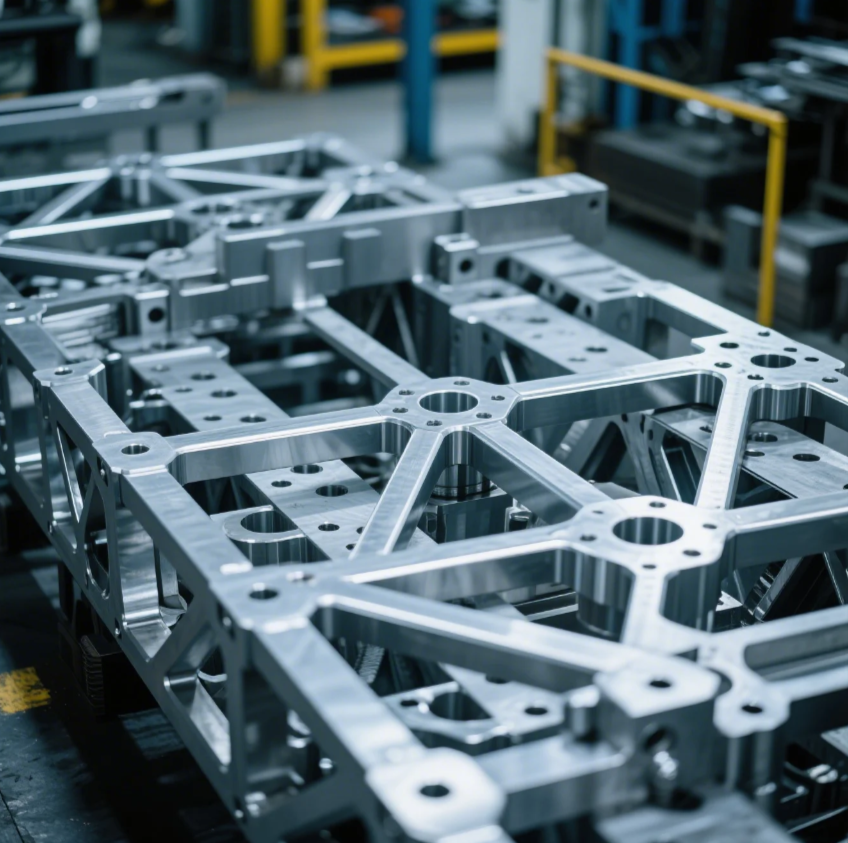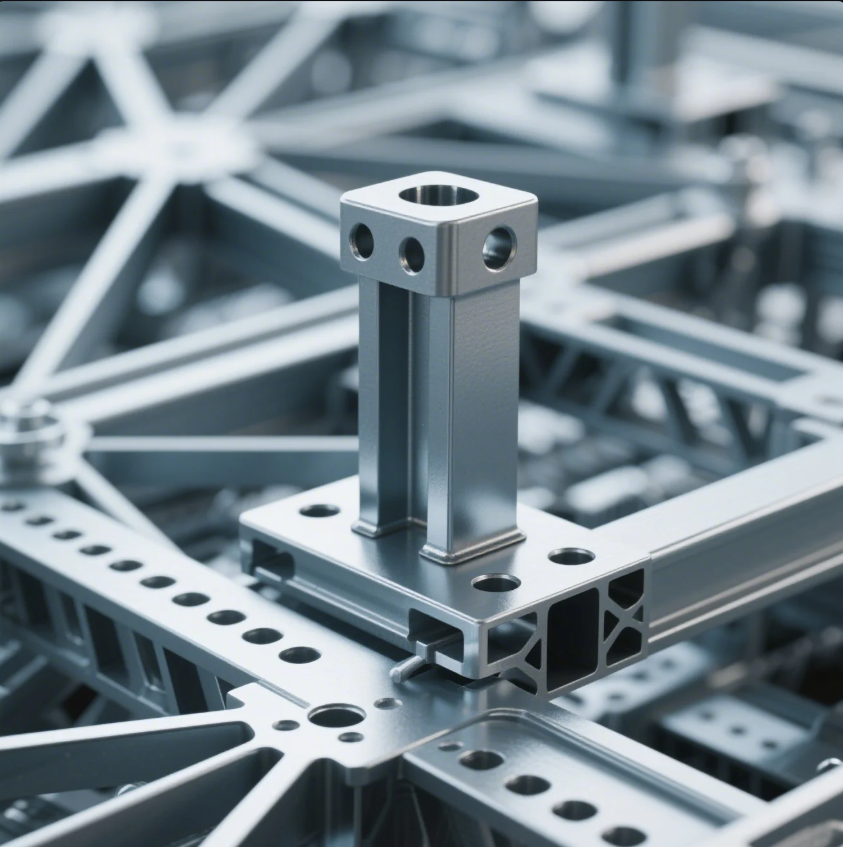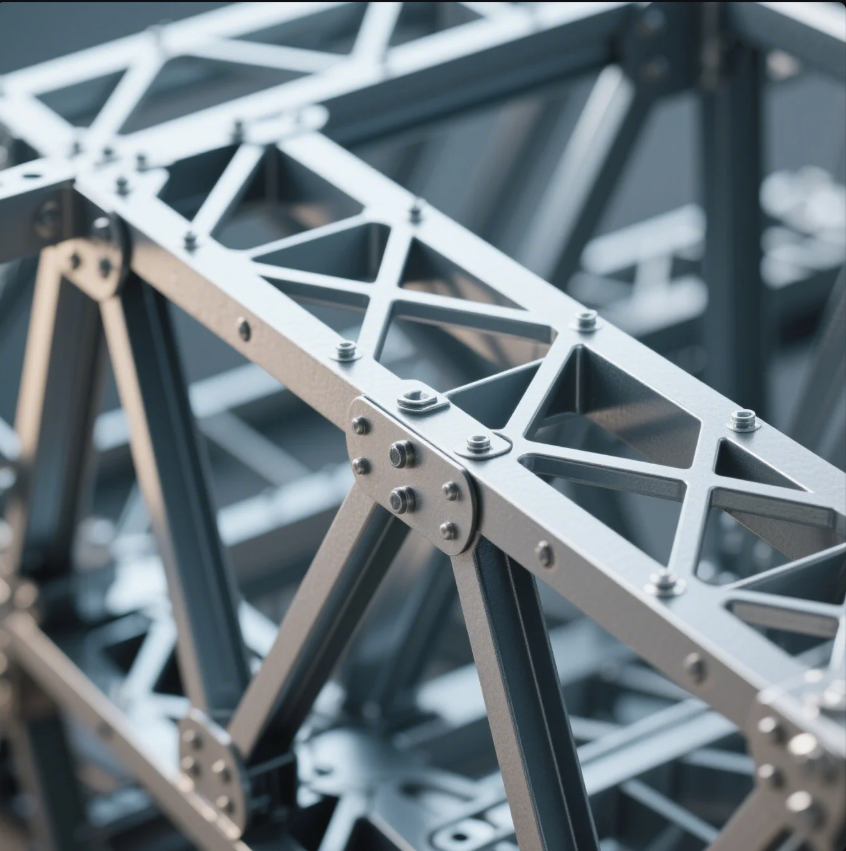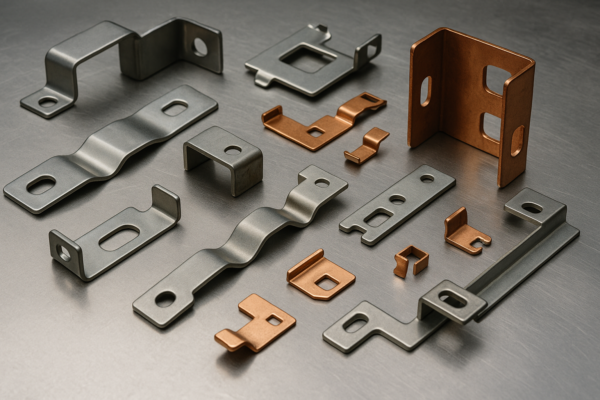What is a Structural Component?

A structural component refers to any part of a system or structure that helps support, stabilize, and maintain the integrity of the whole. These components are essential in construction and engineering, ensuring the building, bridge, machine, or infrastructure can bear loads and withstand forces such as weight, pressure, and external stresses. In this article, we’ll define structural components, explore examples, and understand their roles in the overall system.
Snippet paragraph:
A structural component is a part of a structure designed to support and distribute loads, ensuring the stability and strength of the system.
Transition paragraph:
Let’s break down what constitutes a structural component and explore how these essential elements contribute to the integrity and stability of a structure.
What is the Meaning of a Structural Component?

In simple terms, a structural component is any part of a structure designed to carry and support loads, contributing to the strength and stability of the overall system. Structural components are designed to resist various forces such as tension, compression, shear, and bending. Without these key parts, a structure would not be able to withstand the demands placed on it. These parts include beams, columns, foundations, slabs, and more.
Snippet paragraph:
A structural component is any element of a system that provides strength and stability by supporting or bearing loads. These components ensure that the structure can withstand external and internal forces.
Dive Deeper
Each structural component plays a vital role in distributing the forces applied to the structure. For example, beams resist bending forces and carry loads across spans, while columns support vertical loads and transfer them to the foundation. Foundations are essential because they distribute the weight of the structure to the ground below, preventing settlement or shifting. Slabs, which make up floors and ceilings, also serve as structural elements, bearing loads and providing stability.
Here’s an overview of some common structural components:
| Structural Component | Function | Example Applications |
|---|---|---|
| Beams | Horizontal members that carry loads | Floors, Roofs, Bridges |
| Columns | Vertical supports that bear compressive loads | Skyscrapers, Bridges |
| Foundations | Base structure that anchors the system to the ground | Buildings, Bridges |
| Slabs | Horizontal surfaces for floors or ceilings | Concrete floors, Roof slabs |
These components are often made from strong materials such as steel, concrete, and wood, depending on the required strength and the environment in which the structure will be used.
What is an Example of a Structural Element?

A structural element is any part of a structure that contributes to its load-bearing capacity and overall strength. A beam is one of the most common examples of a structural element. Beams are horizontal components that resist bending forces and transfer loads to vertical supports such as columns or walls.
Snippet paragraph:
An example of a structural element is a beam, which supports horizontal loads and helps maintain the overall stability of a structure.
Dive Deeper
Beams, columns, slabs, and walls are all examples of structural elements. A beam typically resists bending and is used to span distances between columns, allowing for the creation of open spaces in buildings and bridges. Columns, which are vertical supports, transfer loads from beams or slabs to the foundation below. Slabs are horizontal elements that form floors or ceilings, distributing loads to the beams or columns beneath them.
Here are a few more examples of structural elements:
- Columns: Vertical elements that carry compressive loads and transfer them to the foundation.
- Walls: Provide vertical support and help resist lateral forces (such as wind or seismic activity).
- Slabs: Serve as floors or ceilings, bearing loads and providing horizontal surfaces in buildings.
| Structural Element | Function | Example |
|---|---|---|
| Beam | Carries horizontal loads | Floor beams, Roof beams |
| Column | Vertical load-bearing component | Skyscraper columns |
| Wall | Vertical support and enclosure | Load-bearing walls |
| Slab | Horizontal load-distributing surface | Concrete slabs, Floors |
These elements are designed and arranged in such a way that they work together to ensure the structure remains safe and stable throughout its lifespan.
What Are the Main Structural Components?

The main structural components of a building or system typically include beams, columns, foundations, frames, and supports. These essential parts come together to provide the strength, stability, and integrity needed for the structure to function effectively.
Snippet paragraph:
The main structural components—beams, columns, frames, foundations, and supports—work together to ensure the stability and safety of a structure.
Dive Deeper
-
Beams: Beams are crucial horizontal structural elements that carry loads across spans. They resist bending and shear forces, ensuring that weight is distributed properly across the structure.
-
Columns: Columns are vertical structural components that support beams and transfer the load to the foundation. Columns are especially important in multi-story buildings, where they help bear the weight of the upper floors.
-
Frames: A frame is a combination of beams and columns that forms the skeletal structure of a building. The frame supports the weight of the building and distributes loads evenly.
-
Foundations: The foundation is the part of the structure that anchors it to the ground. It spreads the weight of the structure across the soil, ensuring stability and preventing settlement.
-
Supports: Supports are additional components used to stabilize and hold structural elements in place. They ensure that beams, columns, and other parts do not move or shift.
These main structural components are designed to resist forces and maintain the overall integrity of a structure. Whether in construction, infrastructure, or machinery, these elements are vital for long-lasting and safe systems.
| Main Structural Component | Function | Example Applications |
|---|---|---|
| Beams | Horizontal support for carrying loads | Floors, Roofs, Bridges |
| Columns | Vertical support for transferring weight | Skyscrapers, Bridges |
| Frames | Combination of beams and columns for structure | Multi-story buildings |
| Foundations | Distributes load and anchors the structure | Concrete foundations |
| Supports | Holds structural parts in place | Bridges, Industrial setups |
What is Considered a Structural Component of a Building?

In a building, a structural component is any part that helps support the overall weight of the structure and maintain its stability. Key structural components of a building include foundations, beams, columns, slabs, and walls.
Snippet paragraph:
The main structural components of a building, such as foundations, beams, and columns, ensure the structure remains stable, safe, and functional over time.
Dive Deeper
-
Foundations: Foundations are the most critical component of a building. They anchor the structure to the ground and ensure it remains stable by distributing the building’s weight evenly across the soil.
-
Beams: Beams are horizontal elements that carry loads from the upper floors, roof, or other structural components. They transfer these loads to columns or walls.
-
Columns: Columns support beams and transfer the loads to the foundation. They are key vertical components that ensure the building’s structural integrity, especially in tall or multi-story buildings.
-
Slabs: Slabs form the floors and ceilings of a building, distributing loads from the upper levels to the supporting beams or columns below.
-
Walls: Walls provide vertical support and enclose the building. Load-bearing walls help transfer weight from the floors or roof to the foundation, while non-load-bearing walls serve as partitions.
| Building Component | Function | Example |
|---|---|---|
| Foundation | Transfers the structure’s weight to the ground | Concrete foundations |
| Beams | Carries horizontal loads | Floor beams, Roof beams |
| Columns | Vertical support to transfer weight | Skyscraper columns |
| Slabs | Forms floors and ceilings | Concrete slabs |
| Walls | Encloses and supports the structure | Load-bearing walls |
Conclusion
In conclusion, a structural component is any part of a system that helps provide support, stability, and strength. These components—beams, columns, foundations, frames, and supports—are essential to ensure the safety and functionality of any structure. Understanding these components is key in designing and building stable, durable systems. At Prime, we specialize in manufacturing high-quality structural components such as CNC parts, casting parts, and welding parts to meet global standards, ensuring your projects are safe and reliable.







